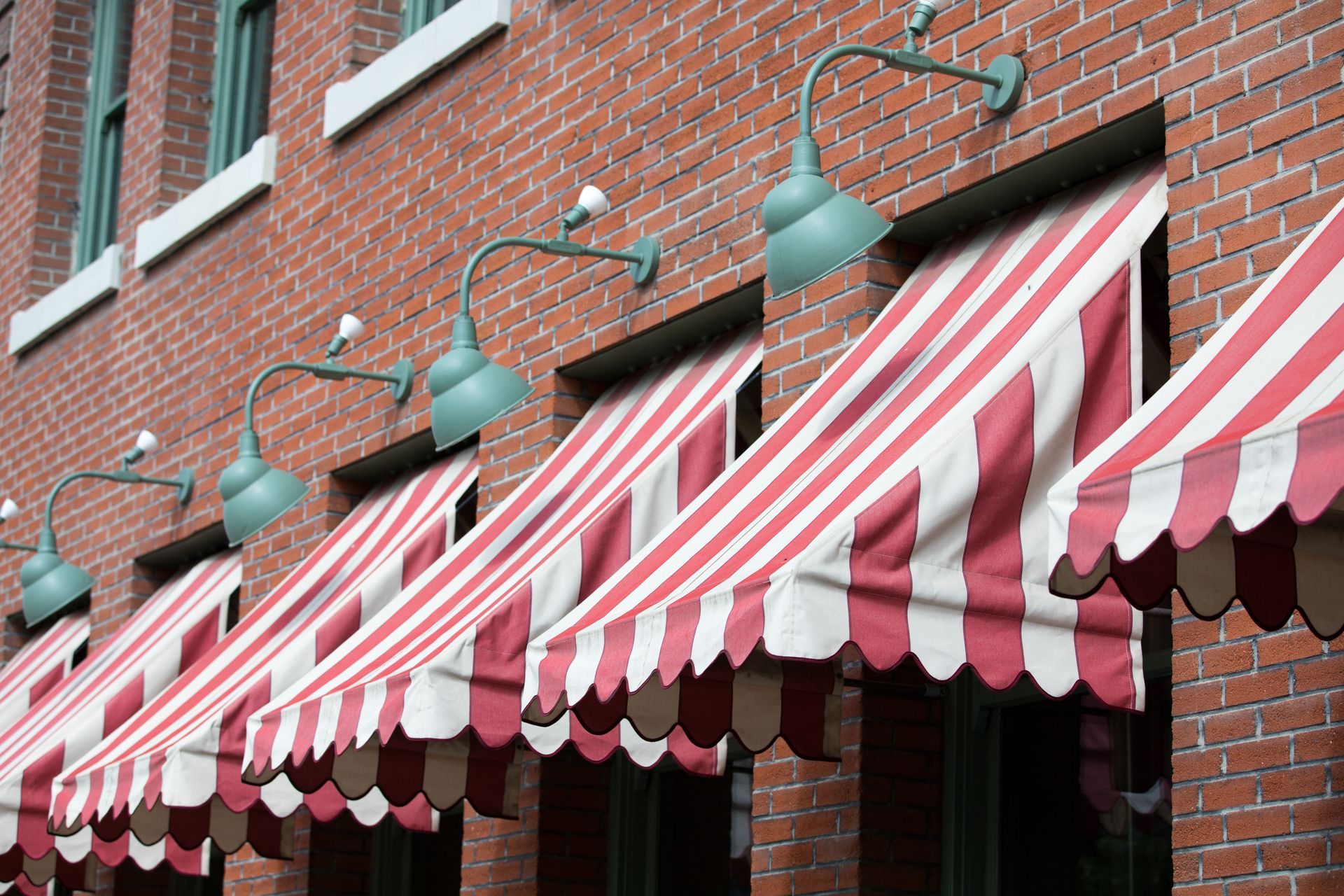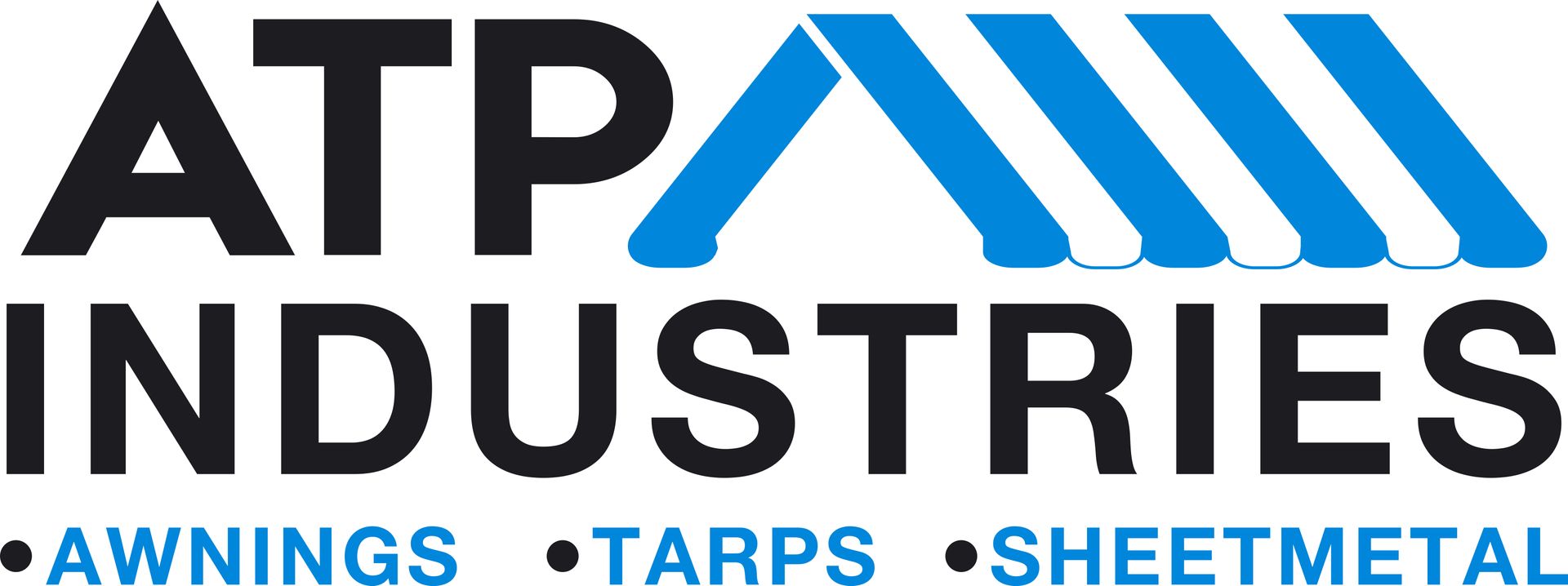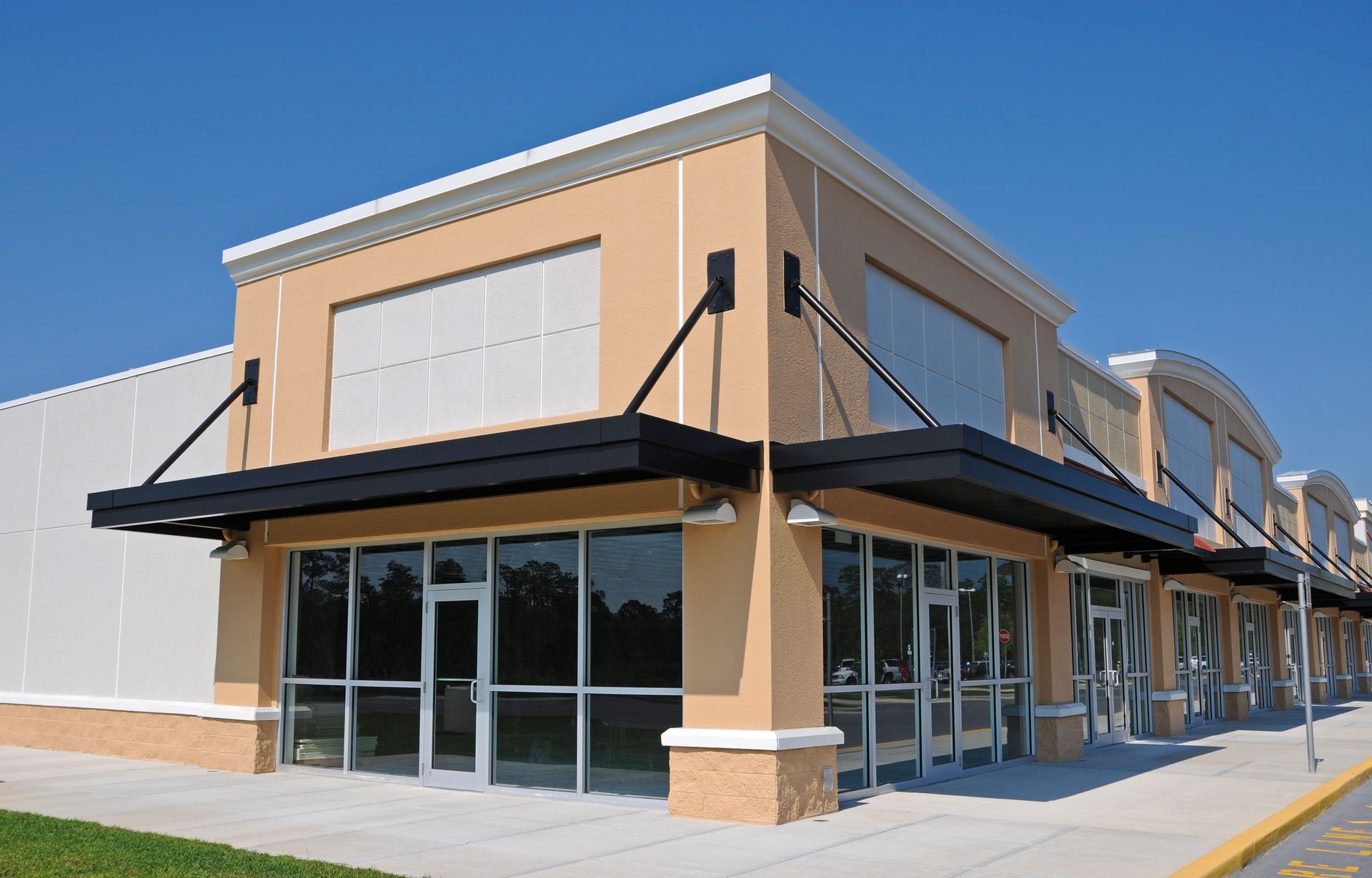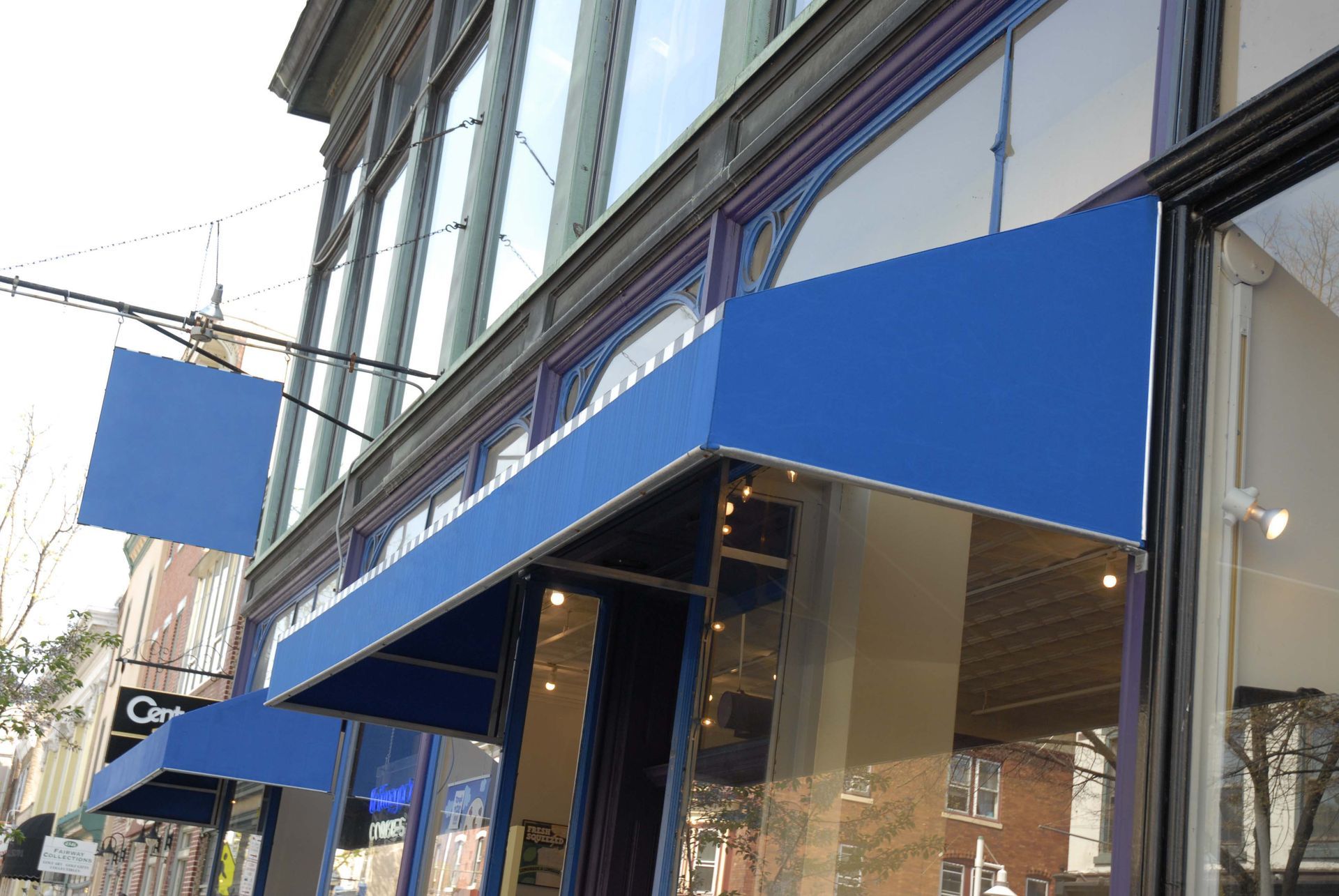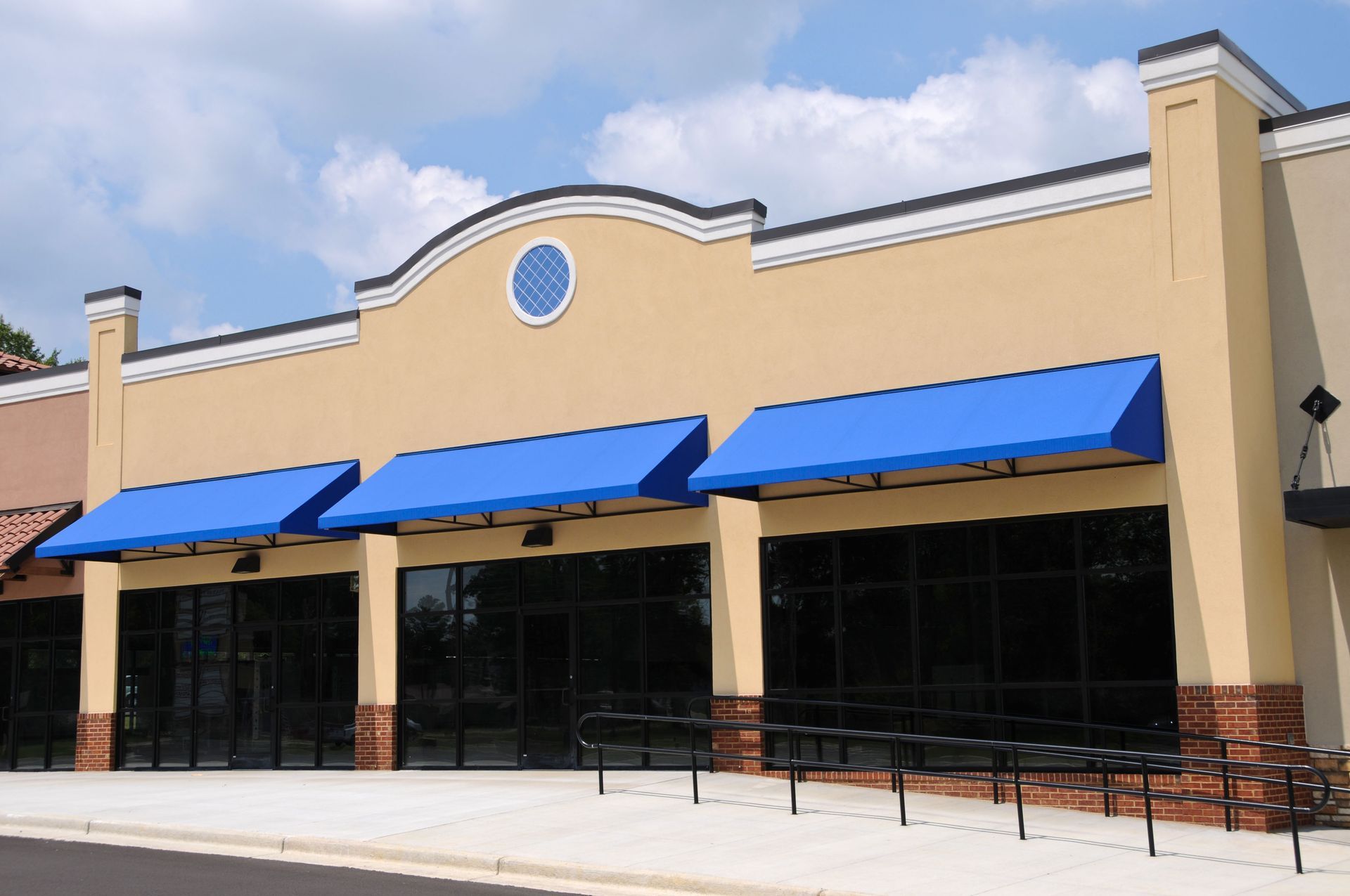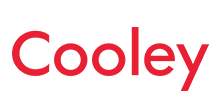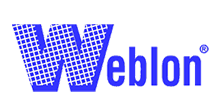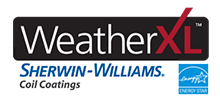November 14, 2025
Commercial fabric awnings are a valuable addition to many businesses, offering both aesthetic appeal and functional benefits such as weather protection and energy savings. However, before jumping into installation, it's important to understand the various factors involved. This article outlines crucial considerations to ensure a successful awning installation that meets both business needs and local regulations.
Understanding the Purpose of Awnings
Before selecting commercial fabric awnings, businesses must first identify their primary purpose. Awnings can serve various functions such as providing shade, enhancing branding, or simply improving curb appeal. For example, a restaurant might utilize awnings to create an outdoor dining area protected from direct sunlight and rain. Understanding these needs helps in choosing awnings that best fit the intended use. Additionally, identifying the purpose aids in determining the most cost-effective investment that delivers maximum value.
The purpose of awnings also impacts other business operations. For instance, awnings designed to provide shade can help in lowering indoor temperatures, thereby reducing air conditioning costs. This energy-saving benefit can be particularly significant for businesses in hotter climates. Moreover, well-thought-out awning designs that reinforce brand identity can lead to increased customer traffic. Ultimately, understanding the purpose directly influences the long-term effectiveness and ROI of the awnings.
According to Fact.MR, the global retractable awnings market is forecast to reach $3.17 billion by 2033. This growth indicates a rising demand, emphasizing the importance of understanding how awnings can fit into a business's larger strategy. With more businesses investing in awnings, each company must assess what it specifically hopes to achieve with its installation. This understanding sets a strong foundation for succeeding steps in the planning and execution process.
Investing in commercial awnings is a strategic decision that blends functionality, branding, and customer comfort. From improving curb appeal to offering energy-efficient shade, fabric awnings provide lasting value for businesses across various industries. By carefully considering purpose, placement, and design, companies can create welcoming, visually cohesive spaces that enhance their operations and customer experience year-round.
Evaluating Business Foot Traffic and Customer Experience
Foot traffic is a critical factor to consider when installing commercial fabric awnings. High-traffic areas might benefit from larger or multiple awnings to accommodate increased customer presence. By enhancing areas where customers gather, businesses can improve the overall customer experience. Awnings can act as a welcoming gesture, offering comfort and protection, thus encouraging longer visits. Assessing foot traffic helps ensure that the awnings adequately serve the intended number of patrons.
Beyond just coverage, businesses need to consider how awnings integrate with customer experience. Awnings that provide comfortable spaces for customers waiting or relaxing outside can lead to positive impressions and repeat visits. Additionally, they can act as points of differentiation, making businesses more visually appealing compared to competitors lacking such features. Effective placement also means strategically enhancing operational spaces without causing obstructions or inconvenience to the flow of foot traffic.
Customer experience enhancements have direct ties to business revenue. Well-executed awning installations can increase customer satisfaction and retention. This enhancement in the service environment supports businesses in building stronger relationships, potentially leading to increased sales. Evaluating both foot traffic patterns and customer expectations ensures awnings complement rather than complicate business operations. Such strategic planning can yield a tangible return on the awning investment over time.
Identifying Key Areas for Installation
Identifying optimal awning installation areas within business premises is crucial. Ideal locations often include entranceways, patios, or window displays. Each of these spaces serves distinct purposes and benefits differently from awning installations. Awnings can significantly enhance entrance aesthetics or customer usage of patios. Thorough analysis of business spaces ensures awnings are effectively placed to maximize their utility and impact.
The choice of location should align with the primary objectives established for awning use. For example, providing cover at entranceways offers shelter from adverse weather, making it an appealing feature for customers. In contrast, an awning over a patio could ensure diners are shielded from harsh sunlight. The selection of key installation areas helps businesses match functional benefits with strategic goals. Each identified space should contribute to elevating the customer experience while fulfilling business needs.
Beyond immediate utilization, key installation areas should also consider future growth or seasonal changes. Planning for expansions or different seasonal uses facilitates longer-term benefits. Businesses must also consider potential restrictions or difficulties in some areas, which might involve additional structural support. Identifying key spots optimizes space utilization while aligning with broader strategic plans. The decision-making process thus leads to more balanced and thoughtful investments in awning installation.
Considering Seasonal and Weather Impacts
Weather conditions play a vital role in determining the type and design of fabric awnings selected. Awnings are particularly beneficial in areas prone to harsh sunlight, wind, rain, or even snow. They provide necessary shelter and protection for customers, thereby supporting uninterrupted business operations. Considering local climate enables businesses to choose designs suitable for withstanding anticipated conditions. The resilience of awnings directly influences their lifespan and maintenance requirements.
Seasonal changes also dictate how businesses optimize the use of awnings. In summer, awnings extend outdoor seating or shopping areas by providing shade and cooler temperatures. During the rainy season, they serve to keep customers dry and comfortable, thereby encouraging longer visits. Winter might require retractable options that can bear snow loads without causing structural damage. Understanding seasonal variations ensures that awning installations offer practical utility throughout the year.
The potential for energy savings is another consideration tied to weather impacts. Awnings reduce the need for cooling systems during summer by shading windows and minimizing solar heat gain. This advantage can significantly lower energy costs, particularly in regions with prolonged hot spells. Such considerations contribute to the overall cost-benefit analysis of awning installations. Aligning the choice of awnings with weather impacts maximizes their operational benefits and supports sustainability goals.
Aligning Aesthetics With Brand Image
The aesthetic appeal of fabric awnings significantly influences a business's brand image. Awnings offer branding opportunities by incorporating colors, logos, or designs that reflect a business's identity. An awning that complements a storefront’s architecture can make an establishment more inviting and recognizable. This alignment with brand image helps instill a sense of professionalism and attention to detail among customers. Thoughtfully designed awnings can serve as extensions of overall marketing and branding strategies.
The color and patterns of an awning are paramount in creating a cohesive look. Vibrant colors and dynamic designs can attract attention, making the business more noticeable from afar. Meanwhile, subtle colors and minimalist designs may fit establishments seeking a more elegant or understated appearance. Awnings must integrate seamlessly with existing branding cues, such as signage and window displays. Aligning aesthetics ensures consistency and promotes business identity effectively to passersby.
Successful aesthetic integration can also enhance perceived quality and consumer perception. Businesses that emphasize design aspects in their awnings often communicate higher standards of service and product offerings. Such investment in visual appeal directly correlates to the customer’s first impression of business quality. Awnings become more than functional assets; they evolve into strategic marketing components. By carefully considering aesthetic elements, businesses can craft environments reflective of their desired image and customer expectations. If you have any more questions or would like more information about fabric awnings, please don't hesitate. Call our dedicated team at ATP Industries, LLC today!
